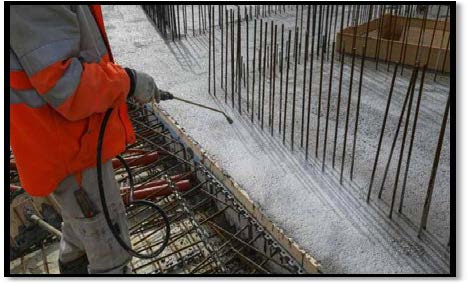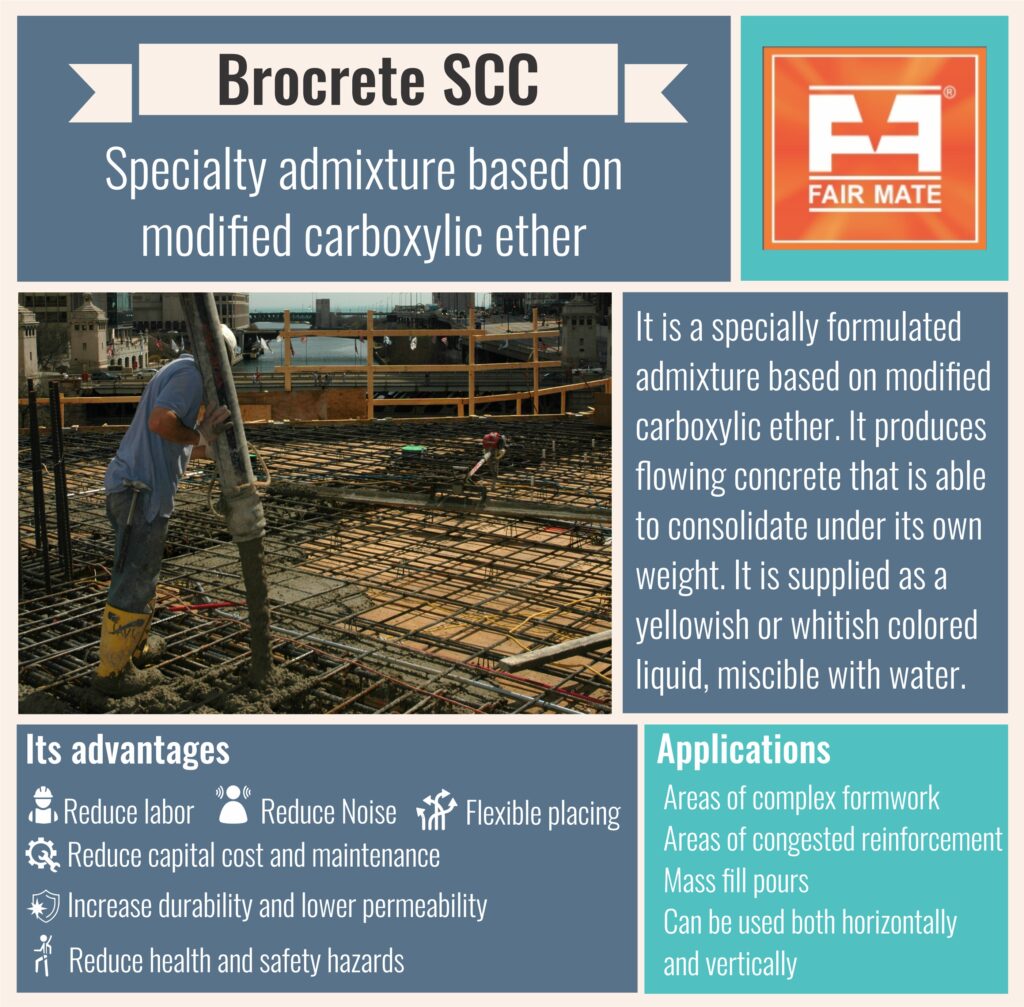FAIRCOAT DAMPPROOF – DAMPPROOF COATING FOR INTERNAL WALLS, CEILINGS AND RCC WATER TANKS
Why do we need water proofing? There is a simple answer to this.
Water proofing is required to stop the ingress of water in the structure making it water resistant. It acts as a protective coating from other elements as well such as oil and grease, chemical attacks, acid rain etc. The dual purpose of Faircoat Damproof allows us to achieve both our purposes of waterproofing and protective coating.
Faircoat Dampproof is best suited when used to protect the internal wall, ceilings etc from all possible attacks of dampness, leakage to the structure & also when you need an antimicrobial coating. It is widely used to prevent any leakage of oil and chemicals from bund areas where large quantity of such harmful substance is stored. We all have come across external walls where graffiti art is done which is extremely difficult to remove. Faircoat Damproof is the absolute solution, as it is easily cleanable and hygienic. Hence, maintaining the clean look of the structure.
Being environmental friendly and of very low odour is it easy to apply.

Faircoat Dampproof is a 2 component material off white colour material. The Base and hardener is required to be mixed using a mechanical tool. The component can be thinned down by adding water to it, not more than 20-30% by volume of total material. To make the surface more even and to achieve a putty like finish add white cement by 20-30%.
Before applying Faircoat Dampproof to the structure it is necessary to make sure that the substrate is completely free from any kind of contamination such as oil, grease, paint etc. After the surface cleaning is complete, it is required to fill all the hole on the substrate cause by air trapped on the face of the formwork during pouring or any kind of pin holes present using Fairscreed VF (a concrete repair compound).
Minimum two coats are required to achieve the desired results. The pot life of Faircoat Dampproof is 80 minutes at 20ºC. Apply the first coat using a spray (airless), brush or roller. After the application of first coat to achieve a non slip finish spread silica sand on the wet surface and let the surface dry for a minimum of 18 hours before applying 2nd coat. The overall thickness of both the coats shall be 200-250 micron, with and approximate coverage of 0.20 – 0.25kg/m2.
In case the substrate is in damp condition a priming material such as Safecore WB primer shall be applied before the application of 1st coat of Faircoat Dampproof.
Salient Features:
• Provides excellent resistance to water, oil , grease and other solvents etc
• Odourless material
• It is Non flammable, Non toxic and Non- Hazardous
• It is easily cleanable and possesses anti fungal properties
• It can be applied on both dry and damp surfaces
• Have good adhesion to concrete










